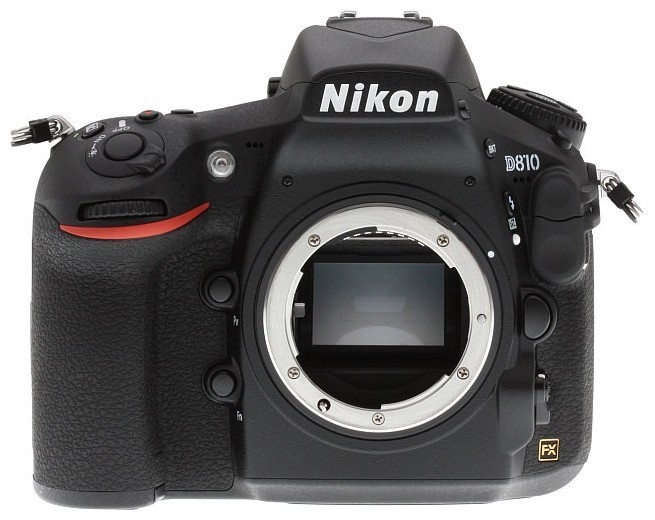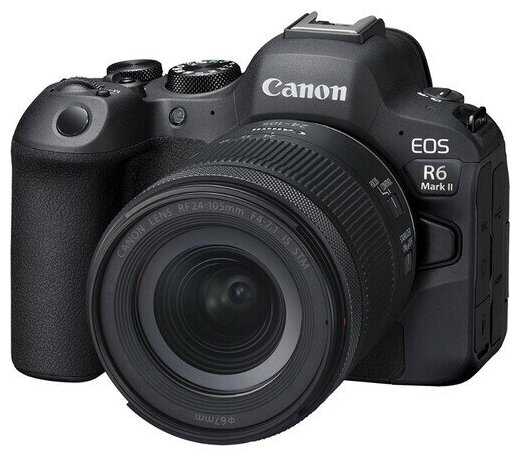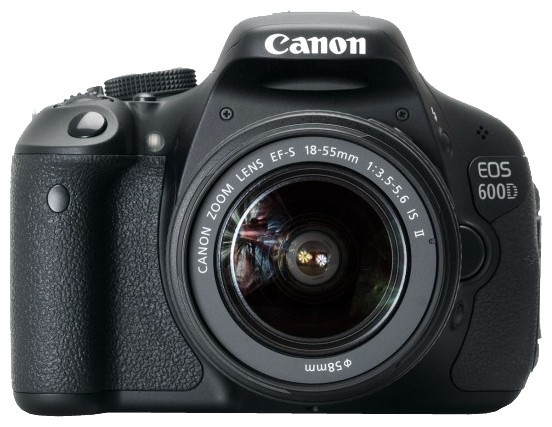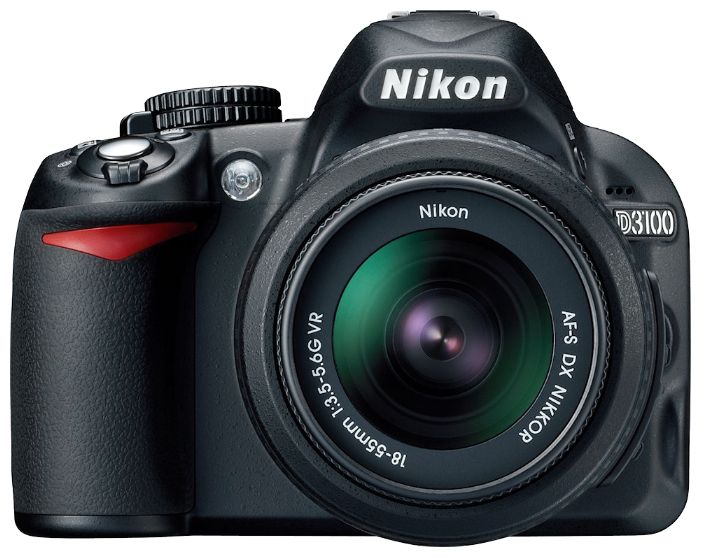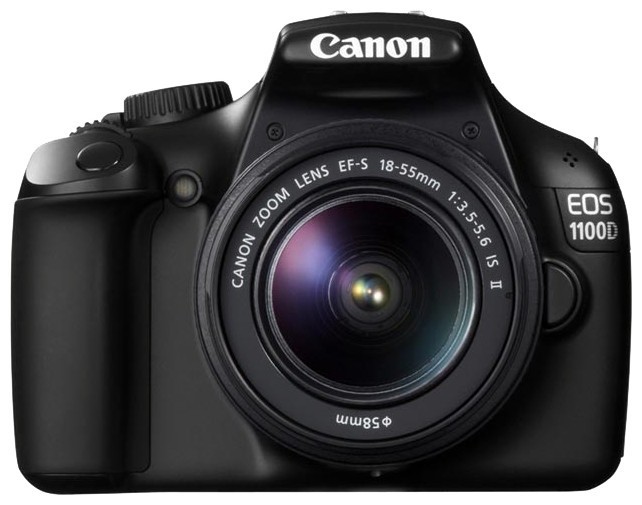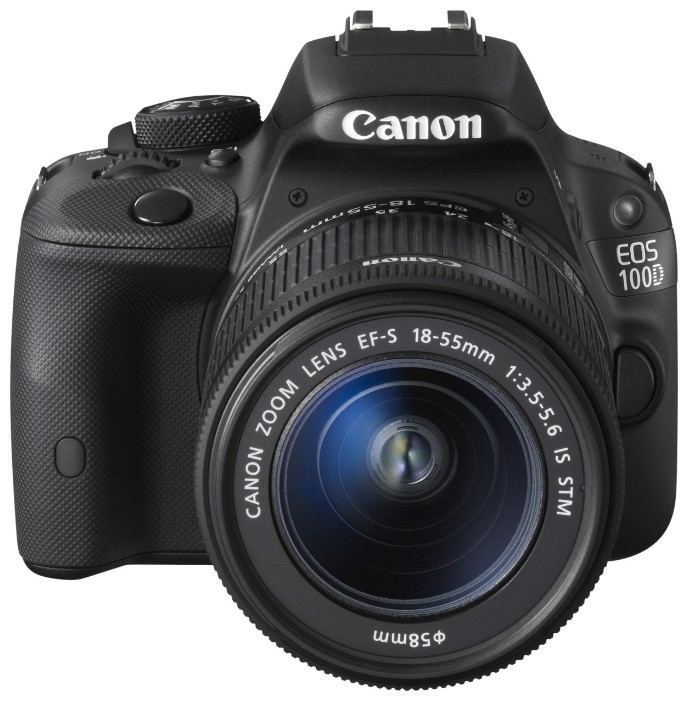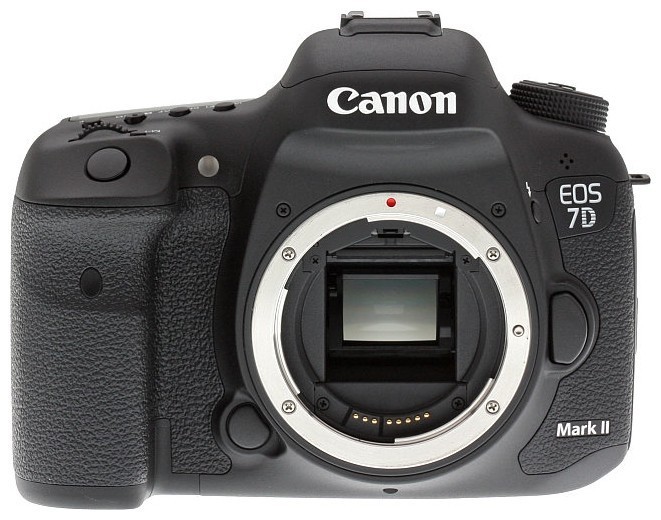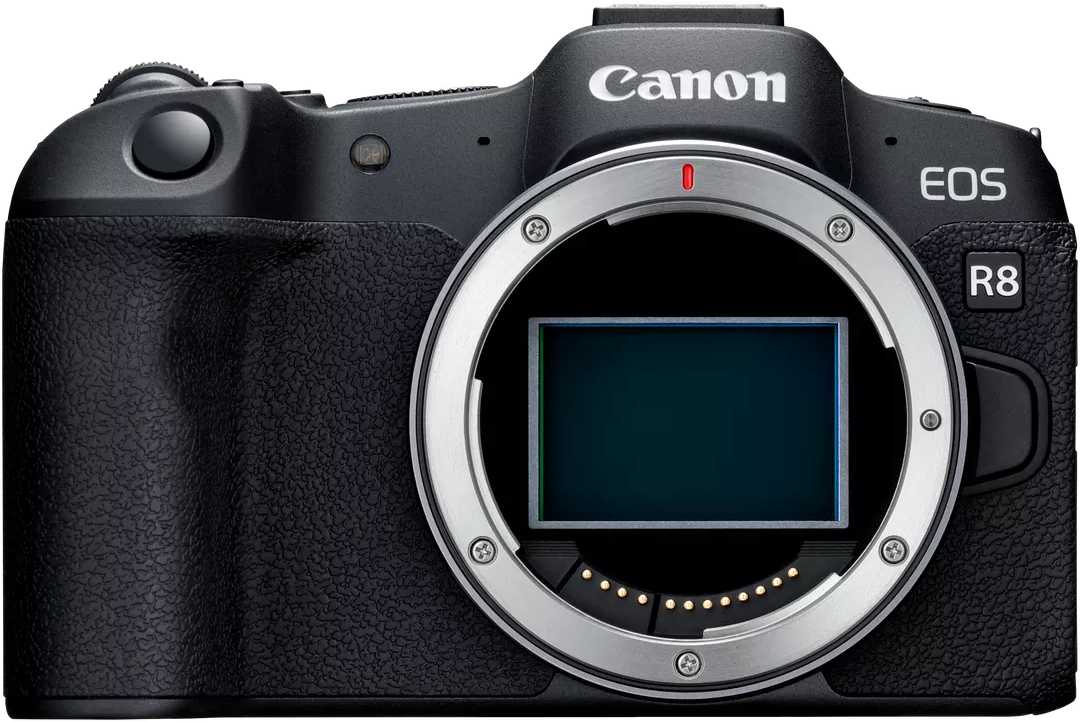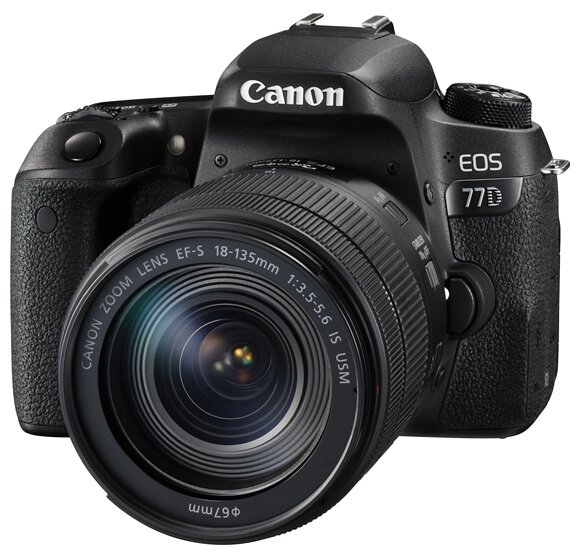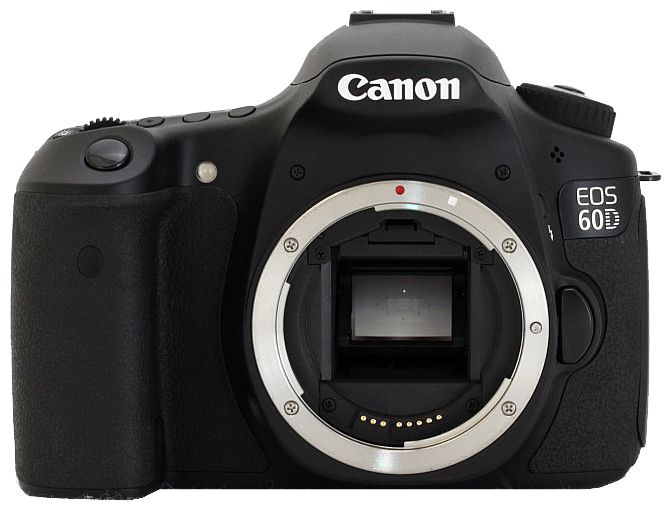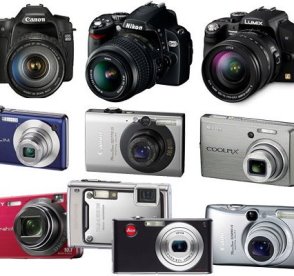Отзывы о Фотоаппарат Fujifilm Instax Mini 12
3936 отзывов пользователей o Fujifilm Instax Mini 12
Пользовались
Fujifilm Instax Mini 12?
Поделитесь своим опытом и помогите другим сделать правильный выбор
The batteries themselves are form factor clones for the venerable KLIC-7004 cells first used in the Kodack playsport, the first underwater simple camera. However they hold more power (4.1Wh vs. 3.4Wh) than the original KLIC07004. The battery which shipped with the camera was an exact clone of the KLIC-7004 with an equal power rating.
These newer batteries yield longer life and I rarely have to change them during a typical day of taking pictures at family events.
The Charger is one of the major bonuses in that I can always top up my batteries and carry spares when I leave the house. In my opinion this is an essential accessory to this or any digital camera.
***that's what's up***
The batteries might be a little weaker than OEM but not significantly. The whole kit has worked great, all in all, very satisfied.
For those who don't understand about batteries and cells, these are batteries, which are made from cells. Japanese cells can be used to assemble this battery in China. Maxell (max cell), Panasonic and Fujicell are all Japanese cell makers, so I don't doubt the use of Japanese cells in this battery and if one ever quits I'll crack it open and report what I find.
I hope this helps you to decide this internet purchase.
*Update* It's been almost two years now and I'm still using these batteries. I've been using another camera more often, more recently so these haven't been been charged more than twice a month the past few months vs twice a week, but I still have no complaints with them after over 6000 photos.
I then sent it back via UPS with your amazon's return UPS label. On June 17 UPS picked it up and scanned it into the system. Now UPS says it's lost, and that you or amazon must initiate a package search. Tracking number 1Z602V042628822379.
That was clearly my bad day.
Bob
I've had a Fuji S100 for some time now. My main photographic activity is wildlife, nature and surfing shots, at a minimum of 200 yards. I print at fairly large sizes, usually 16x12 or 20x15in. I've gotten great results with the Fuji, but it has one weak spot (don't we all?): it has a burst of about 3.7fps at full resolution, with a 7-shot limit.
In search of a better burst, I did some research and ended up buying a Sony A550 (body only) and a 28-300mm (42-450mm equivalent) zoom lens. The Sony shoots 5fps (continuous autofocus) or 7 fps (single focus only) with a limit of 24 JPEG "fine" or 116 JPEG "standard" images. Plus the full zoom put me 12% closer to my subjects.
I tested the Sony against the Fuji, to see what else it could do better. After all, on paper the A550 appears superior to the S100. But the results were surprising.
The Sony A550: 14+mp, CMOS sensor, APS-C size.
The Fuji S100: 11+mp, CCD sensor, 2/3" size (less than half the APS-C size).
One test of long-range photographic equipment is to shoot license plates at long range. If a license plate is legible at 300 yards, there will be pretty good detail in a surfing or animal picture taken at the same range. The other factor I consider, besides detail, is the overall smoothness and quality of the final image.
The first thing I noticed is that the Fuji S100 has more manual user control than the A550. So much for the condescending "point and shoot" designation!
At full zoom (400mm equivalent for the Fuji, 450mm equivalent for the Sony), both cameras captured legible license plate numbers at similar distances in the zone between 300-450 yards. But the Fuji created smoother images: both straight and curved lines of objects were smooth, and surrounding foliage was crisp and clear.
I normally shoot at ISO100 in daylight, to keep noise at a minimum. But the Sony A550 has a minimum ISO of 200 (I've been told this indicates that ISO 200 is the optimum setting for the sensor) so I couldn't go below that with the Sony. The Fuji S100 has a minimum setting of 100, so I used that, as I usually do. I didn't see much noise difference between the two cameras at those low ISO levels, but there was some.
The lighting conditions (passing clouds) were a bit irregular--but of course they were irregular for both cameras--and I was trying to adjust to having to shoot at ISO200 and other intrinsic differences in the two cameras, but I'd have to say that all in all the Sony didn't do any better, in terms of IQ and overall picture quality, than the Fuji. Maybe the difference is in the lens quality, but the Sigma lens I was using is generally well-regarded, and in the opinion of some users is better than the comparable Sony lens.
I also compared partial zoom (150mm equivalent) shots of palm trees against a cloud-strewn sky and sea. Here, the results were even more in favor of the Fuji.
Both cameras were set at about the same shutter speed and aperture. In fact the Sony was set a little faster, and the aperture was a little smaller, which should have resulted in less blur and greater depth of field.
Results: the Fuji S100 is much more clear and focused throughout the image. The most distant palm trees in the Sony A550 images were not in clear focus, although trees at an intermediate range (about 75 yards) were. (You might say, well, yeah, it's called depth of field. But at f6.4 at 75 yards, that doesn't seem to be the issue, and in fact the Fuji at a slightly larger aperture had no such problem. And if I stopped down the Sony, I would have to up the ISO again, leading to more noise. In short, the Fuji allowed more flexibility.) This could be a lens problem, and I'm going to try another lens in a couple of days when it arrives. But so far, Fuji wins on sharpness and focus.
The Sony images were really noisy. Because it was late afternoon and cloudy, I had to use ISO400 to keep the picture from being underexposed. (The next lowest choice, ISO200, made it too dark.) I didn't want to shoot slower, because the cameras were hand held. And aperture was limited by the extended zoom lens. At the same time, the Fuji handled the entire situation much better, obtaining adequate exposure at ISO100 and creating images with no visible noise until the image was enlarged to the point where individual pixels began to appear. So as of now, the Fuji S100 wins on noise. And also on ability to get enough light at 1/4 the ISO.
I'm going to give the DSLR another try in the next couple of days; wait for the weather to improve, and try to get some action shots and some breaking waves and see if there is a way to get better pictures. As I've said, I bought the Sony A550 primarily for the faster burst mode and higher burst limit. But I have to ask myself: what's the
Does what it says.
- Higher capacity
- Faster charging with provided charger
I may buy a second set, because one can never have too many camera batteries! Especially at a good value.



